It feels like a long time since I started my Fuji Klasse W review, yet it’s not even a year! I suppose it has been quite an eventful time for me and my photography since I started writing this blog last may! I feel like I have learnt quite a lot about cameras and photography since I started this blog. It’s quite nice looking back reading myself stumble through things that come easy (easier!!) now. I wanted this blog to have a positive effect on my photography and I think it has … More than much else, I’m taking a lot more photos! Anyway, I’m going off on a tangent here before I have even started. The reason for mentioning my previously lacking knowledge, is that one of the key things I think I now know better is what makes a good 35mm compact AF/AE camera … And moreover what makes one good for who!
And that is what I want to round off my Fuji Klasse W review talking about! Not necessarily whether or not it’s a good or bad camera, but who it would be bad or good for! See I really do think this camera deserves a lot of praise for a lot of things, but that doesn’t mean it’s the right camera for everyone!
If you haven’t seen my initial impressions and thoughts on its AF and AE, then they might be worth read too, though be warned, the latter is a little verbose 😉
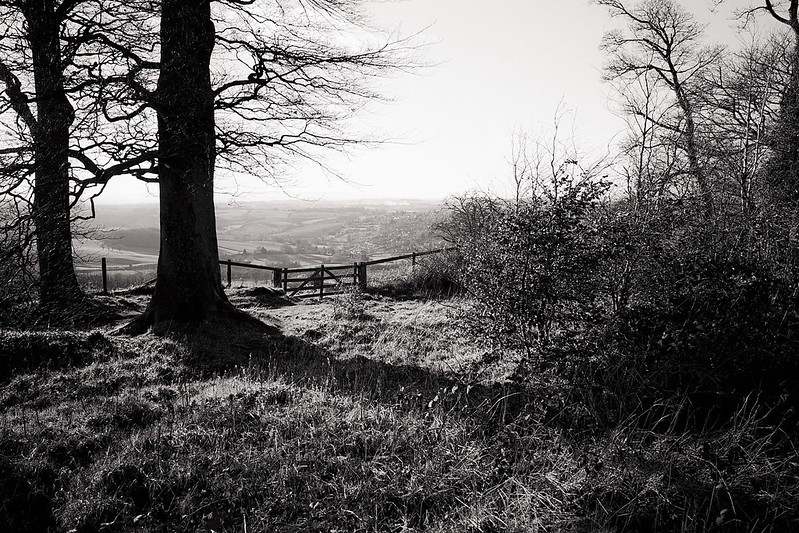
It’s Slow…
First off, let me round off my thoughts on the speed of operation of the Fuji Klasse W. I can’t emphasise enough that this is not a fast camera! If you are one of those people that pursues the “decisive moment”, I wouldn’t recommend this camera! Half pressing the button causes the Klasse to think, now this thinking time is actually only a fraction of a second, but it seems like ages when you are trying to capture action that’s passing before your lens. The focus can be set to move before the shutter button is depressed fully, or after. In terms of speed, it makes no odds really, not to me anyway! One way or another you press the button, there is some shutter lag, there is some lens movement and eventually the camera takes a photo! The only cameras in my collection that are similar in speed are the chip-as-chips zooms I really rarely use!
There is a way around this, but it’s not practical for day to day shooting! The Klasse is in fact very responsive when it’s set to manual focus, manual aperture and a manual shutter speed! In fact, with a cable release plugged into the side, under those circumstances it’s incredibly responsive… It’s just that I can’t think of a time where that level of responsiveness is useful with shutter speeds over 1sec?
Because of the limitations caused by the camera thinking after you press the shutter, my feelings are that it’s not ideal for street, or any kind of action photography, or basically photos of anything that moves. If you like taking photos of things that move, I would guess that the pause after you push the button will frustrate you! I thought I could live with it as an all purpose camera, but I can’t, there are too many other great compacts that make a much better job of day-to-day shooter.
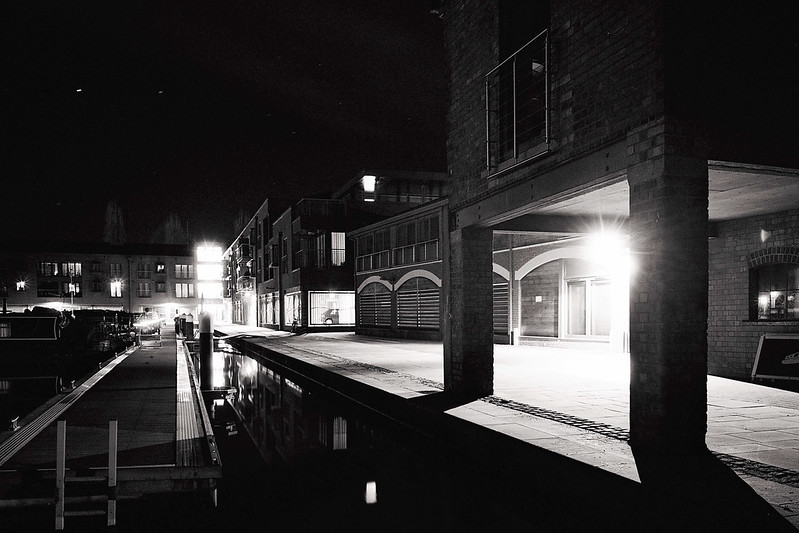
…But it has a lot of features!
Moan, moan, moan … So what is it good for?? Well, In terms of features, the Fuji Klasse W has a hell of a lot going for it! As I’ve mentioned, it has manual aperture control, manual shutter speed control for times between 1-60sec and a cable release. It also has automatic exposure bracketing and a rudimentary menu driven manual exposure mode. Where it falls down with respect to all these features is that it’s quite fiddly to use. The settings button/dial is quite frustrating and doesn’t really work intuitively. You click the button to choose a mode to change, rotate the dial to change the setting then press the AFL/OK button to lock in the chosen setting. I don’t have big fingers, but I feel all fingers-and-thumbs when I use it. I found it most frustrating using the manual focus and shutter speed controls, which are entirely menu driven.
There are also little design decisions that baffle me, like the not particularly special viewfinder that shows you a shutter speed read out, which along side the focus confirm, is impossible to see in daylight. It also give you the brilliant feature of a screen light, but then teases you with a button to switch it on which is fairly difficult to find in the dark. This button is flush to the body of the Klasse, and whilst you can feel it when you run your finger over it in normal conditions, with cold hands (the sort you might have when out in the dark) it’s not so easy. Being just behind the screen, I found the knack in the end was just to run my finger applying pressure from the dial across the top back of the camera, again, fiddly!
These night time shooting situations bring another issue, but one I should add is shared with all but some of the best cameras out there. The meter doesn’t function below 4ev. By comparison, the GR1 meter works down to 2ev, the Leica M7 -2ev … The leica clearly has the advantage here, but at the cost of weight … And considerable price! And really, with any of them, a jiffy calculator wouldn’t go amiss 😉
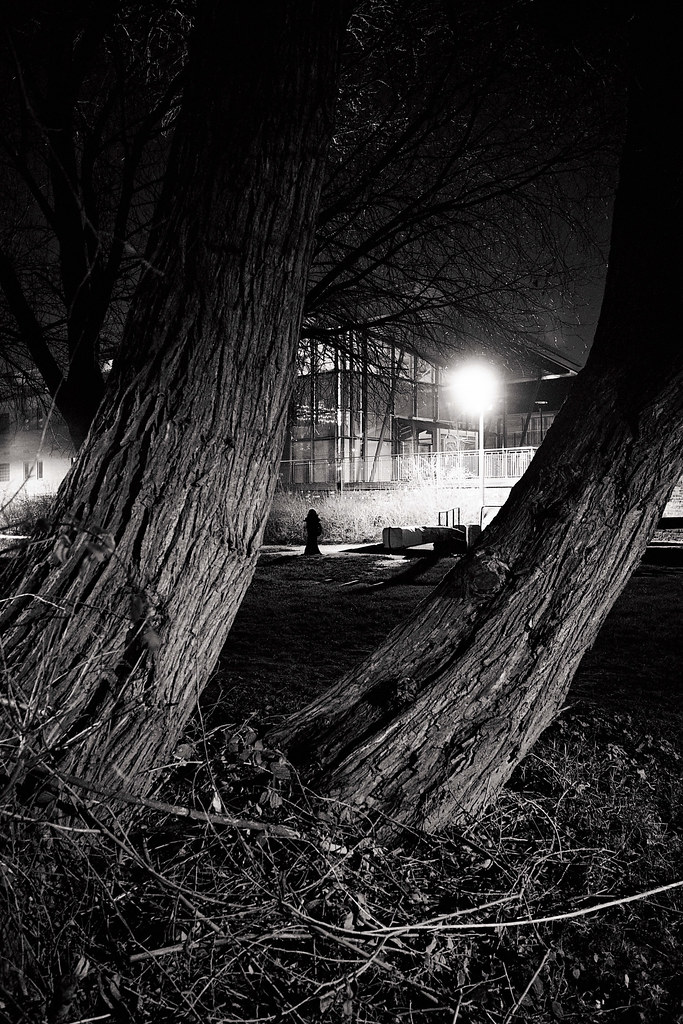
I mention the Leica, really only to make a point about the size of the Fuji Klasse W. As a compact, it is of a fairly average weight. It’s quite large compared to the GR1, but it’s not huge. But for its feature set, really it has to be acknowledged as being pretty small! The fact is, if your a tripod junky, this is possibly one of the smallest and lightest 28mm lensed cameras with this level of manual control and features.
Combined with maybe a gorilla pod, or similar compact tripod, Fuji Klasse W offers more at the size than any other camera I can think of for this purpose! Using the self timer or cable release for using those long shutter speeds in the golden hour or at night, with It’s brilliant 28mm lens, and of course manual focus and aperture controls. Not only does it offer all this at a small size, it’s actually relatively affordable (if you can find one)!
So what I’m really saying here is that what this all actually combines to make is quite the attractive landscape camera! Ok, many landscapers don’t mind carrying a bit of kit, but if you’re a landscape photographer, and you like to travel light; maybe I hiker, or a touring cyclist, or you just don’t like carrying a camera but love a bit of scenery, this maybe just the right the camera for you!
So is it for me? Well, no, I don’t think it is unfortunately. Should I venture out looking for a landscape kick I’d probably take the M7! And if I was looking for a compact 28mm lensed camera for day-to-day shooting I would definitely choose the Ricoh GR1v – which despite it’s own flaws, is very much faster to operate!
The only question left, is whether or not to keep it? Any takers want to tempt it out of my hands?
The photo’s I’ve posted in this article are from a most recent outing, there are a few more on my flickr here.
Cheers for reading!
Hamish
If you are looking for a 28mm compact, you might want to try the Ricoh GR1v or Minolta TC-1 – the later being my favorite!
Share this post:
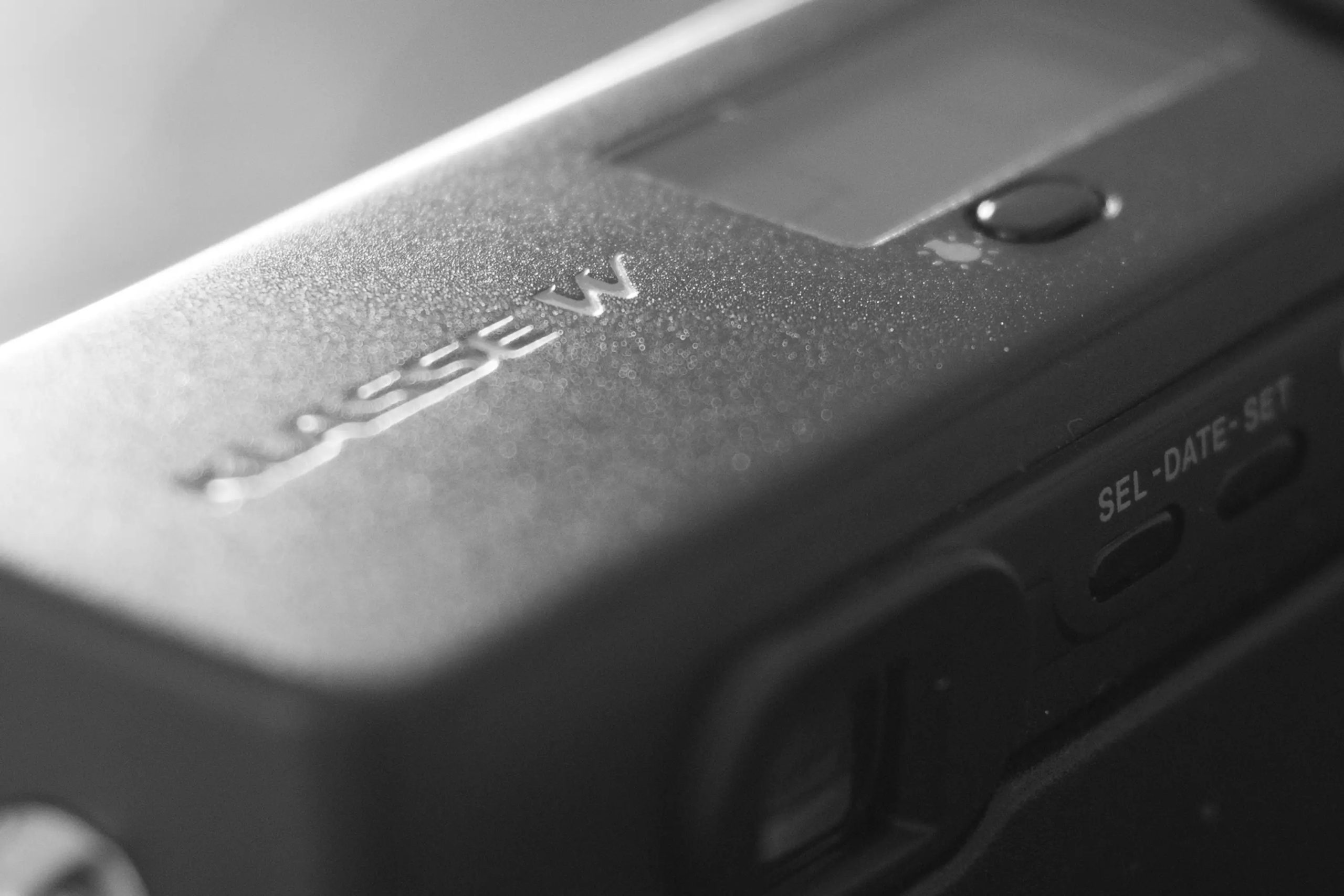
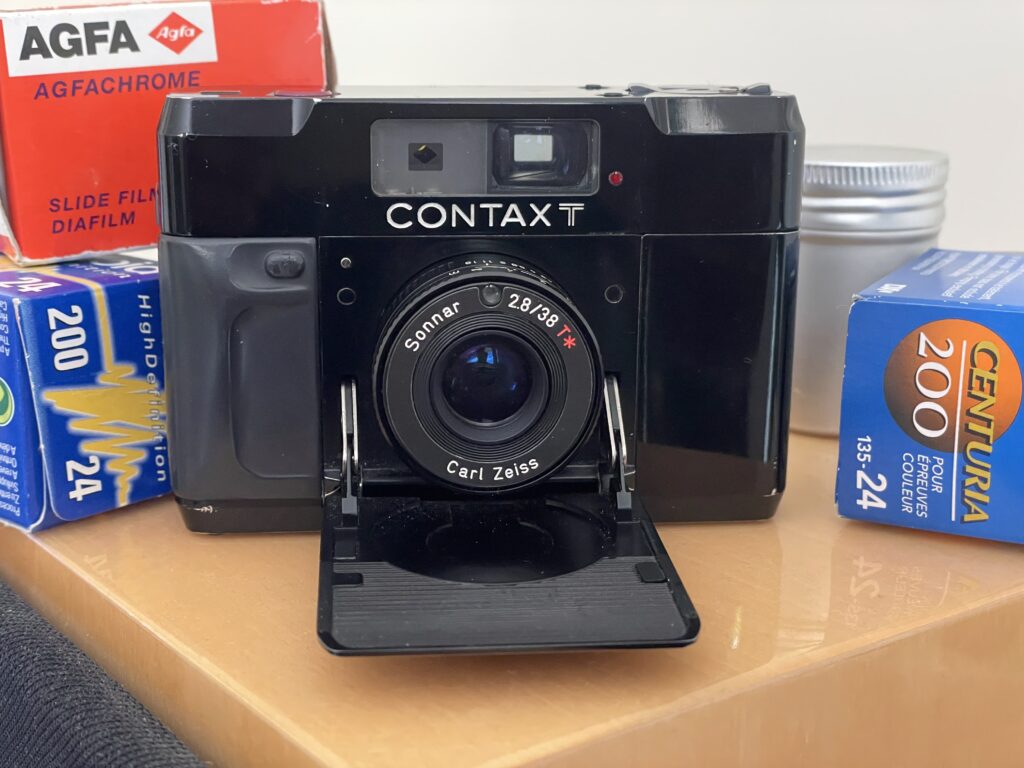
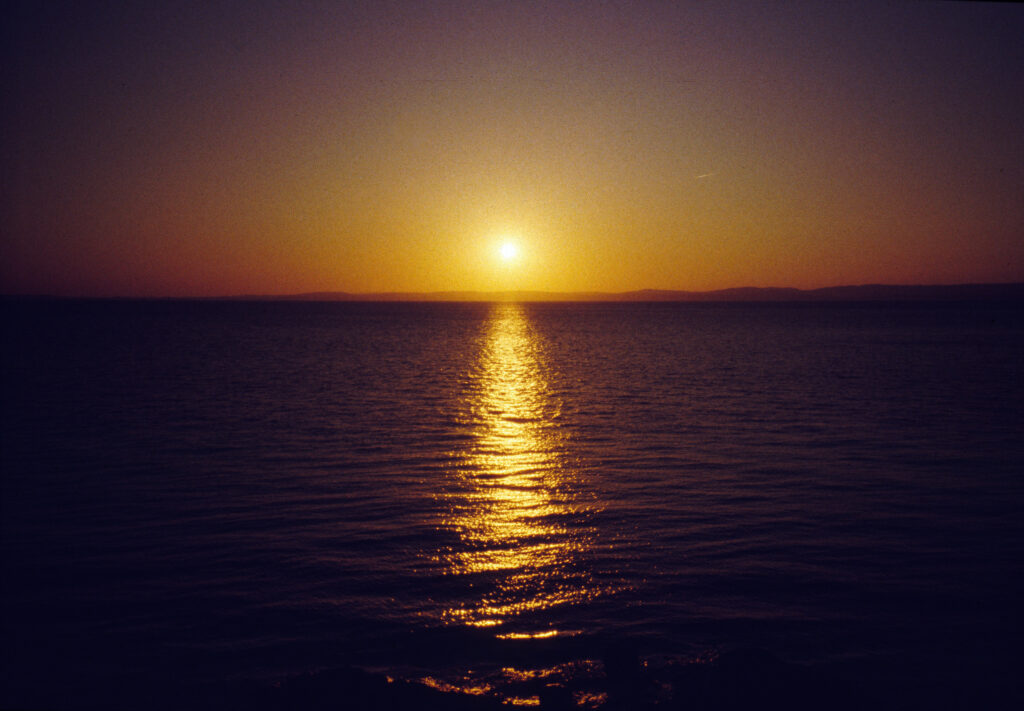
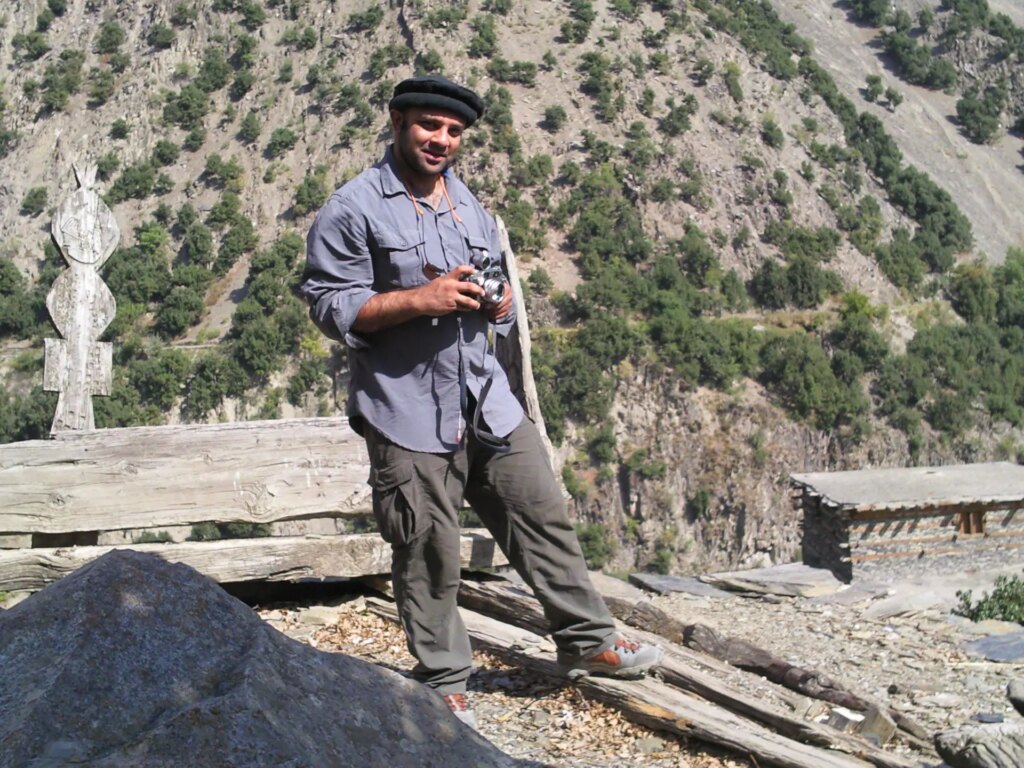
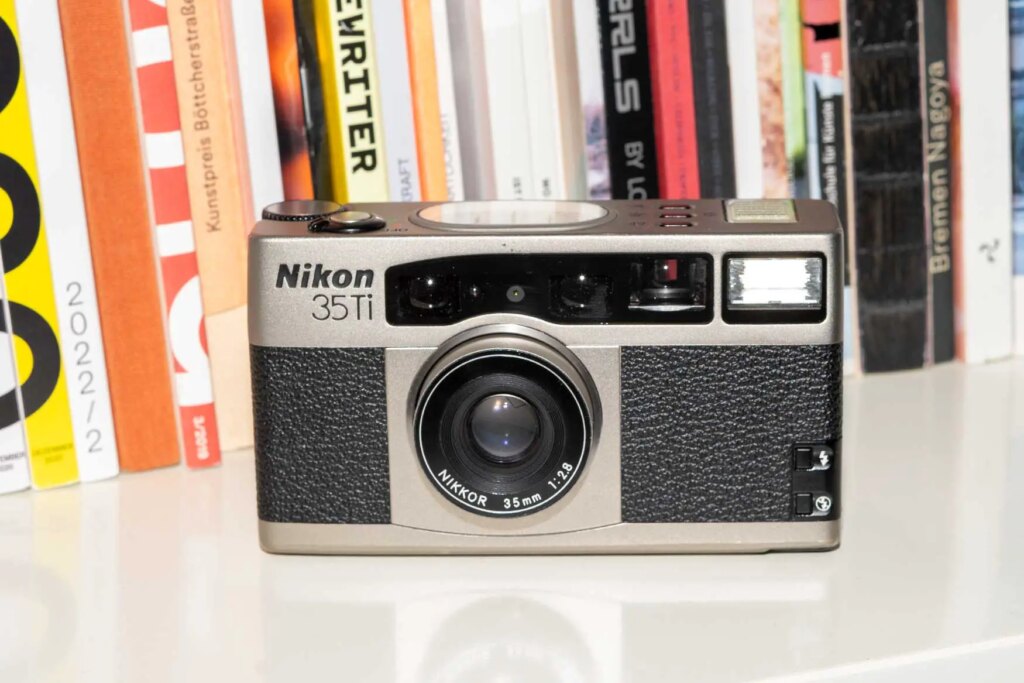




Comments
jojonas on Fuji Klasse W Review – My final thoughts
Comment posted: 05/02/2014
cheers for finishing this series, Hamish! it's been an interesting read from start to finish.
Comment posted: 05/02/2014
Fuji Klasse W - Initial Impressions : 35mmc on Fuji Klasse W Review – My final thoughts
Comment posted: 05/02/2014
Fuji Klasse W - Comments on Exposure and Focusing : 35mmc on Fuji Klasse W Review – My final thoughts
Comment posted: 05/02/2014
The saga of the Ricoh GR1v - Pt1 - my tale of woe : 35mmc on Fuji Klasse W Review – My final thoughts
Comment posted: 14/02/2014
Jamie Kitson on Fuji Klasse W Review – My final thoughts
Comment posted: 03/09/2014
Incidentally I have the Klasse S in addition to a GR1s, I wonder if the contrast of focal lengths would make you think differently about whether to keep it or not.
Comment posted: 03/09/2014
Comment posted: 03/09/2014
Comment posted: 03/09/2014
jonas on Fuji Klasse W Review – My final thoughts
Comment posted: 02/01/2016
I have the klasse S and I love it. I sold my connate t3, because I simply love this little fuji way better. Sure it's not fast/fast.. But it's perfect for street photography anyway. Prefocus and you are good to go. Takes no long than nailing it with my leica m6. And if you shoot in Manual focus it's fast as lightning.
The settings in this camera is so much better than the Contax t3. It feels better in your hand and it's more beautiful build.
I recommend this camera for street shooting as well as any other kind of photography..
Comment posted: 02/01/2016